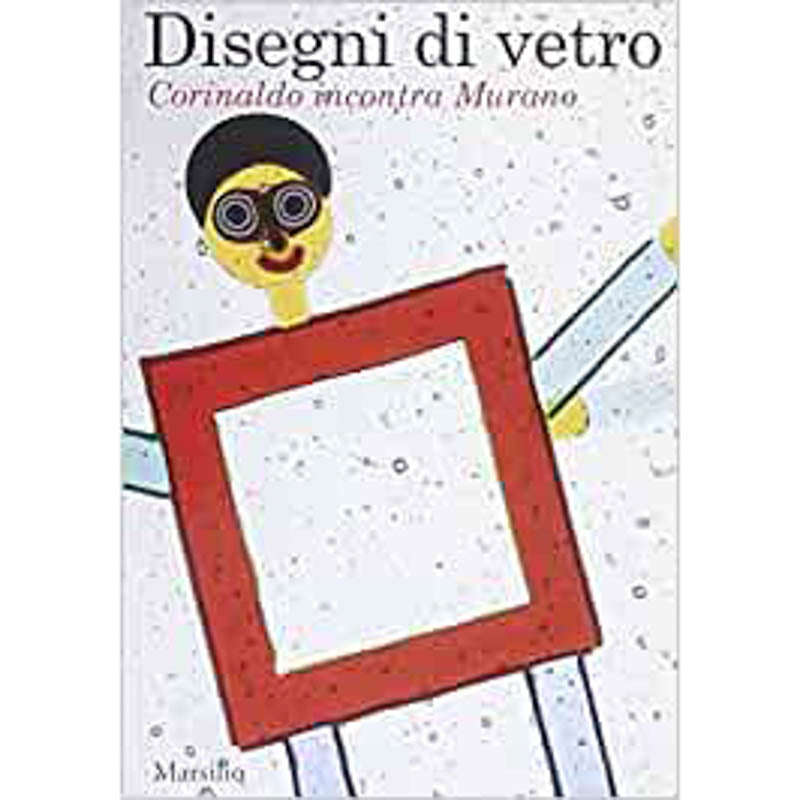The term liuli entered the Chinese arts and crafts taxonomy after contacts with the Western Regions in Chinese Central Asia during the Han dynasty.
Written in various homophonic characters, liuli is most frequently encountered in Chinese texts as referring to opaque glass or gemstones, but it can mean ‘glaze’ or anything with a glass-like surface.
According to historians of Chinese glass technology, liuli in pre-Tang (618–907) texts denoted all sorts of artifi cially manufactured objects made from silica-based material.
Many of these were imported from locations in the West, such as Kashmir and ancient Rome.
Due to its early development of glass-blowing technology, the Roman Empire exported many forms of glass to the rest of the world, including Central Asia and China.
Yet extensive archaeological investigation reveals that glass was produced in China as early as the Zhou dynasty (1066 BCE–256 BCE).
Large quanti-ties of opaque glass and eye-beads have been found in Warring States (ca. 770–221 BCE), Qin (221–206 BCE), and Han tombs, which indicate that they ‘were comparatively common, made as a cheap imitation of jade for funerary purpose.’
Such a function probably accounts for the fact that the standard written form for both the characters liu and li has a ‘jade’ (Ch. yu) radical.
Since the material and methods involved in making glass and ceramic coatings (i.e. glazes) are similar, the latter became a common referent of liuli.
Though this fluidity is not uncommon in Chinese etymology, it poses a problem for deciphering the exact meaning of liuli in early texts.
Phrases contain-ing the term liuli may refer to glass objects or coloured stones, rather than glazed ceramics.
While in most pre-Han writings liuli means opaque glass, in later writings it could mean anything from glass vessels, ceramic coatings, coloured stones, brilliant surfaces, or could mean simply ‘radiance’ or ‘shining.’
Perhaps because of this linguistic ambiguity, a new word, boli, appeared in Chinese literature in the Tang dynasty to denote glasswork only. Its coining is thought to be related to the importation of a new type of glass-blown transparent vessel, a novelty in the Tang.
Buddhist literature also contains evidence suggesting that both liuli and boli have Sanskrit origins: liuli is a variant of a number of words tran-scribing the Sanskrit word vaiḍūrya, a gemstone, and boli is a transcription of spātika, meaning crystal or quartz.
Despite this general diff erentiation, the exact referents of liuli are not always clear.
The kinship between glass and glaze is perhaps the main reason that thorough examination and interpretation of the term liuli has been conducted largely by scientists of Chinese glassmaking.
Scholars of early Sino-Western trade and cultural exchanges, such as Xinru Liu (b. 1951), and of the history of Chinese science and technology, such as Joseph Needham (1900–1995), opted to read liuli as ‘glass.’ Historians of Chinese architecture and ceramic technology, on the other hand, prefer to interpret it as the coating on pottery, that is, ‘glaze.’
This technique so rich in history is today promoted by the LIULIGONGFANG studio, founded by Chang Yi and Loretta H. Yang.

https://brill.com/view/book/9789004335868/B9789004335868-s004.xml
https://www.liuliusa.com




コメントを書く
全てのコメントは、掲載前にモデレートされます
このサイトはhCaptchaによって保護されており、hCaptchaプライバシーポリシーおよび利用規約が適用されます。